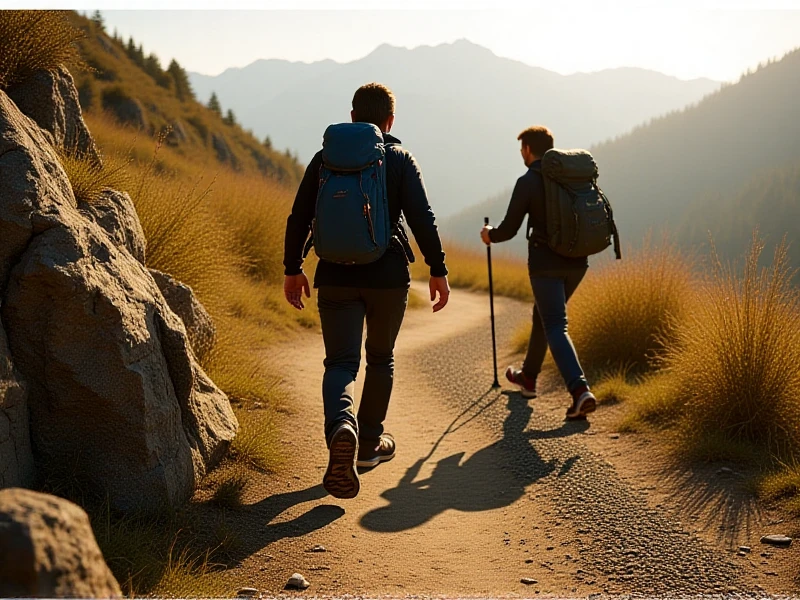
The Ultimate Guide to Choosing the Perfect Trail Running Shoes
Trail running has exploded in popularity, offering runners a thrilling escape into nature's wild landscapes. But without the right footwear, those adventures can quickly turn into painful experiences. Trail running shoes are specifically engineered for rugged terrains—think mud, rocks, and roots—providing superior grip, stability, and protection. In this guide, we'll explore why these shoes are essential, their key features, and how to select the ideal pair for your runs. Whether you're a beginner or a seasoned trail enthusiast, understanding these aspects ensures you stay safe and perform at your best.
First, let's dive into what makes trail running shoes unique. Unlike standard running shoes, they boast aggressive lug patterns on the outsoles for unmatched traction on slippery or uneven surfaces. Many models include protective rock plates and reinforced toe caps to shield your feet from sharp debris. Breathable yet waterproof materials keep moisture out while allowing air in, preventing blisters and discomfort during wet conditions. This design not only enhances safety—reducing injuries from twisted ankles—but also boosts endurance by offering consistent cushioning. For instance, the deep lugs bite into soft ground, ensuring you maintain control on steep inclines and descents, making every run feel smoother and more efficient.
Next, consider the benefits that elevate your trail game. Trail footwear excels at stability, with wider soles and flexible midsoles that adapt to varying ground textures. This minimizes fatigue over long distances and improves overall comfort, so you can focus on the scenery rather than sore feet. Durability is another perk; many shoes use abrasion-resistant fabrics to withstand the wear-and-tear of rough paths. Importantly, choosing the right pair can prevent common issues like plantar pain or slips. Look for models labeled "waterproof" if trails get muddy, and opt for lightweight options for faster runs. Always prioritize a snug fit—try shoes with adjustable lacing systems to customize support—and consider tread depth based on your local trails' dirtiness.
Finally, selecting the perfect trail running shoes involves a few key steps. Start by assessing your terrain: rocky routes demand heavier protection, while softer paths focus more on grip. Test shoes in-store or read reviews for real-world feedback on comfort and longevity. Pay attention to cushioning levels; mid-to-high options offer more impact absorption without adding bulk. Brands like Salomon or Brooks are popular for their innovative designs, but fit matters most—ensure there's toe wiggle room to avoid discomfort. As you explore, remember that investing in quality trail footwear pays off in injury prevention and joyful adventures.
With the right pair of trail shoes underfoot, you'll conquer every twist and turn with confidence. Upgrade your gear today to unleash your full potential on the trails!